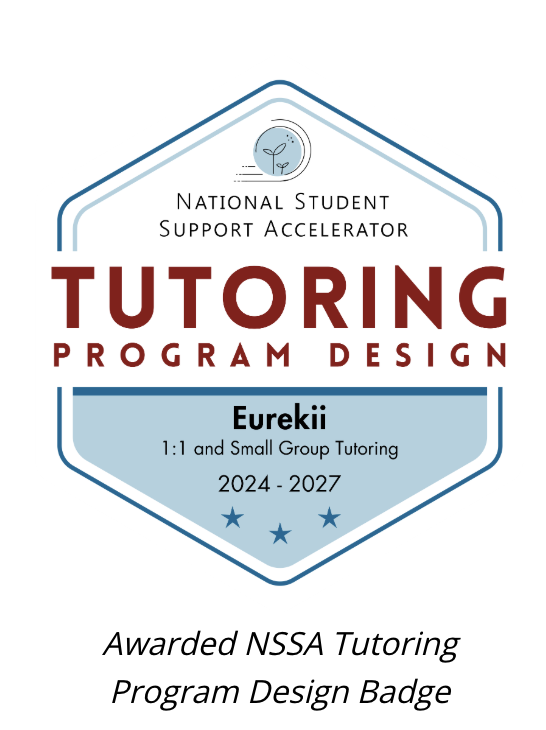The Four Realities of Common Core Math
You’ll hear parents say, “Math is math! Why does my third grader have to explain how to multiply 2 x 3 when it’s obvious?” The answer is: Common Core.
First, let’s define the Common Core approach to mathematics. The ultimate goal is to help students understand that there are multiple ways to approach a problem and that a problem or concept should be grounded in understanding. For example, you don’t want just to learn multiplication by memorizing facts. Common Core’s philosophy is that students should know that 2 x 3 is really two groups of three and that you can define multiplication as repeated addition.
Most parents learned multiplication through basic memorization. It is certainly more efficient from a time perspective simply to focus on memorizing the multiplication facts rather than having a student explain how he or she got the answer. But helping a child understand how they got the answer has far greater benefits.
The promise of Common Core is huge. Maryland is using most of it, even if it doesn’t call it that. Just compare the Maryland College and Career Readiness Standards against the Common Core Math Standards and you will see. But what’s the problem? There are realities that make Common Core implementation difficult.
Here are some of the positive and negative realities of Common Core math:
COMMON CORE SUPPORTS CRITICAL THINKING
Experts agree that the jobs of tomorrow require critical thinking, complex problem-solving skills, and great communication and people skills. Learning multiple ways of doing something and having to explain it is much harder and promotes critical thinking and problem solving compared to “just do what I do.” However, teachers are often required to cover material by a certain time and do not have the time to allow this process to occur.
COMMON CORE AND MATH FLUENCY WORK TOGETHER
Knowing your facts well is great until you forget them. When you do, you must have a way to rebuild that understanding to help you remember those facts. For example, if you forget 5 x 7, you can still find this answer by using number sense. You know that 5 x 1 = 5 and 5 x 2 = 10, so you can continue to build up to 5 x 7. Common Core supports fluency, but it starts with understanding.
COMMON CORE MATH STANDARDS AND CURRICULUM ARE OFTEN MIXED UP
Let’s say a mathematics teacher is required to teach CCSS.MATH.CONTENT.4.NF.B.3.A. When it comes to teaching this standard, there are two parts to it: the standard itself and the curriculum.
The standard is “understand addition and subtraction of fractions as joining and separating parts referring to the same whole.” The curriculum is how to teach that standard. If you ask different teachers or read a variety of books, you’ll find multiple ways to teach this standard, and sometimes, those questions, methods, and approaches are not aligned or well executed. This is why parents get frustrated and students get confused. It isn’t the standard that’s confusing. It is the interpretation of how to teach it.
Common Core Math Is Harder Than the Old Traditional Math
Some parents believe in the traditional way of teaching math because, frankly, that is what they know and are used to. Throw in the confusion of curriculum vs. standard and the varied execution of the teaching of that standard and you can get a lot of confused kids and parents.
But here’s the reality: The new Common Core Math Standards are meant to guide instruction towards understanding and go deeper in understanding a concept. If you promote thinking rather than just mechanics, it will be harder, and that’s not a bad thing if you are ultimately preparing for the future that requires complex problem solving to thrive.






